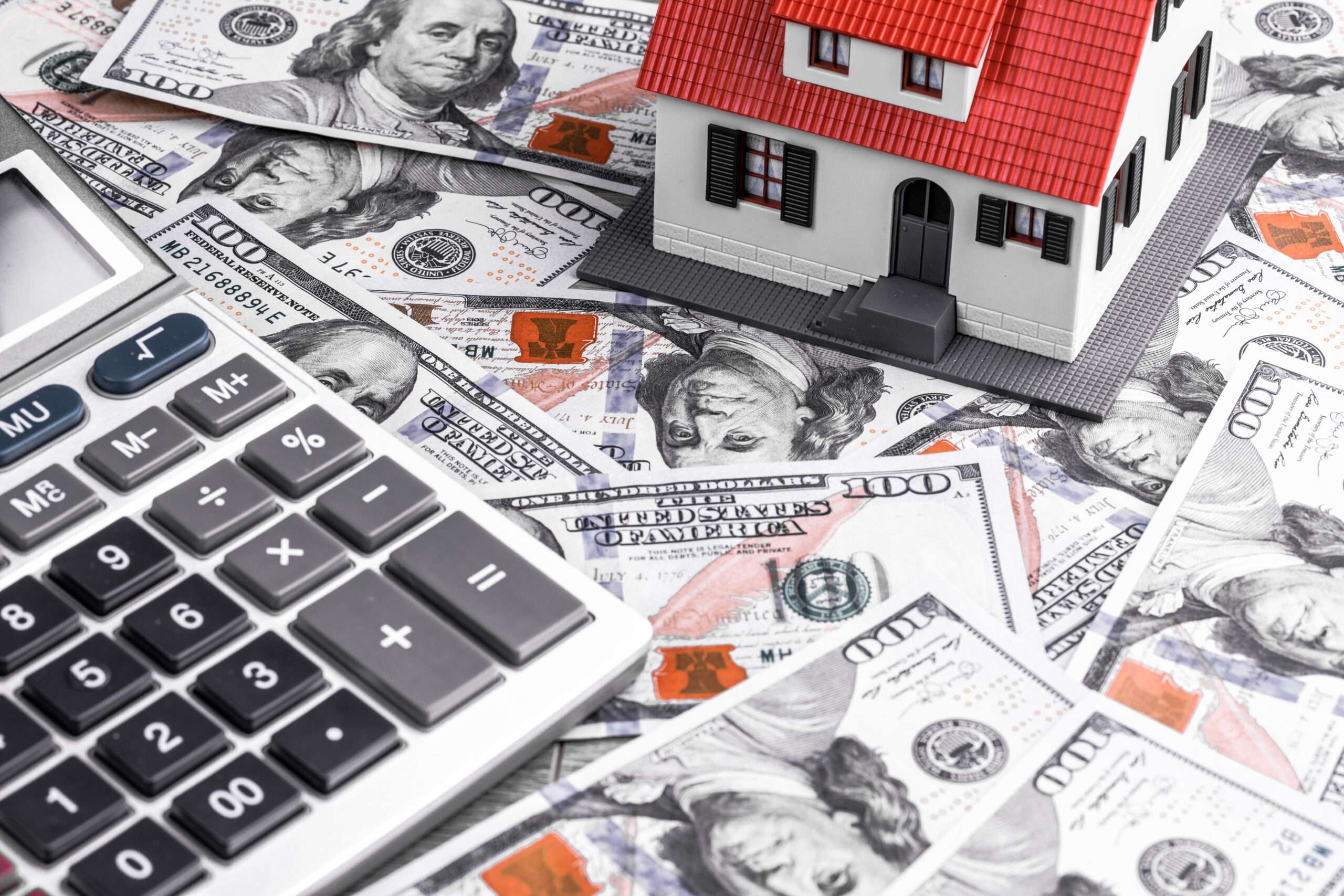 Small-business owners, entrepreneurs, and employees who work from home could save big money on their income taxes by taking a home office deduction, as long as they meet the IRS’ requirements and keep good records.
Small-business owners, entrepreneurs, and employees who work from home could save big money on their income taxes by taking a home office deduction, as long as they meet the IRS’ requirements and keep good records.
The IRS just made claiming the home office deduction a little easier. In a recently issued reminder, the IRS reviewed and explained a time-saving and simplified method. Not so surprisingly though, a majority of taxpayers with qualifying home offices still fare better, tax-wise, using the IRS’ traditional and regular method. This article is going to explain why in addition to giving you some background home office deduction facts.
The Test: Regular & Exclusive UseIn general, a lot of home expenses, such as insurance, repairs, and utilities, do not fall into the deductible category. However, if part of your home is used for business operations, you may be eligible to deduct part of these everyday expenses, within reason. The IRS will look into your home deductions so consider consulting a professional. The test for home deduction eligibility is whether or not your home is used “regularly and exclusively” as your primary place of business. Let’s review these two tests: |
Regular and Exclusive Use
- Regular Use. You absolutely must utilize a specific area of your residence for business on a regular basis. Occasional or incidental business use does not count.
- Exclusive Use. A specific area of your home must be only used exclusively for business; this could be a room or another type of identifiable separate place. Please note that you will not meet the requirements for the exclusive use test should you use this area for personal and business purposes.
Employee Guidelines
The key guideline for employees and their home office space is that the home office space they are looking to deduct must be used for the respective employer’s convenience- usually, a contract is used in this case. This is essentially the reason that home office deductions are more often taken by self-employed people instead of those people who work for an unrelated business. Also, you are pretty much wasting your time if you try to claim a deduction for bringing work home from the office.
Tests for Principal Places of Business
Your home office must also be your principal place of business. In order to qualify as a principal place of business, you must meet two more tests:
- You use the space regularly and exclusively for the management and administrative activities of your company
- You do not have an alternate fixed location used to conduct considerable management and administrative activities of your company
Management and administrative activities include, but are not limited to:
- Ordering supplies
- Billing customers, clients or patients
- Forwarding orders or writing reports
- Keeping books and records
- Setting up appointments
Alternate Ways to Qualify
Should your home office not be your principal place of business, you may still be able to deduct for home office expenses. Situations, where this may arise, would be if you physically meet with clients, customers, and patients on your premises. Such use must be integral and substantial to the business conducted.
Another way to claim a home office deduction is to deduct costs for the storage area in your residence. This also applies to free-standing separate structures like barns, workshops, and studios that are used regularly and exclusively for your business. However, the structure does not have to be your principal place of business.
Deduction Methods: Actual Expenses vs. SimplifiedThe norm is for taxpayers to deduct actual expenses when a home deduction is concerned.
Deductible home office expenses include, but are not limited to, the following:
-
- Direct Expenses. This category includes expense like the cost of carpeting and painting a room used only for business.
- Proportionate Share of Indirect Expenses. This category includes expense like insurance, mortgage interest, repairs, property taxes and utilities.
- Depreciation Allowances.
Monitoring and keeping track of actual expenses is extremely difficult, not to mention time-consuming. Recognizing this, the IRS introduced a streamlined method for home deduction accounting in 2013. The new guideline states that a person can deduct $5 per square foot of space used for a home office, up to $1,500.
Let’s run through a quick example. Let’s say you have converted a 300-square-foot room to a business office used exclusively and regularly for business. 300 square feet x $5 = $1,500. So, you can write off $1,500 using the simplified method. But, if your business is located in an area that is 800 square feet, you cannot claim a $4,000 deduction (800 square feet x $5 = $4,000). Your maximum deduction under the simplified method will remain at only $1,500. Basically, the $1,500 cap can make the simplified method less desirable and useful for larger home office spaces. It should also be recognized, that for even spaces of 300 square feet or less, taxpayers can qualify for a bigger deduction using the actual expense method. Very interesting! You should also know that you are not locked into a particular method.
What Tax Form to Use
Since the home office tax deduction is only available to self-employed businesses and single-member LLCs that file a Schedule C, you would complete Form 8829. Then, follow the instructions on the form to transfer your home office deduction to the appropriate line on your Schedule C.
Documents You Should Keep on File
You should keep on file any information that you used to calculate the home office deduction. This will be of use in case you are audited. Save cancelled checks, copies of bills, and receipts. You should also have documented the square footage of the part of your home that you use for business. We always tell businesses to invest in a comprehensive document management system.
Keep these records on file for at least 3 years after the date that you filed your tax return. If possible, scan these documents to your computer for safe keeping.
A Word about S-Corporations
For those of you operating as S-Corporations, a standard industry practice is to calculate a fair home office ‘reimbursement’ amount and take a deduction for rent in the S-Corp (and receive it as a tax-free reimbursement for the use of your home). As long as the amount would be similar to that taken with the home office worksheet for a sole-proprietorship, this is a great way to take the deduction in a much less visible manner and further reduce your chances of an IRS audit or interest in you taking the deduction.
Conclusion
The choice is yours. Do you want to explore options that you might have regarding home office deductions? Thomas Huckabee, CPA of San Diego has all the answers you want and more! Contact us for a consultation regarding what’s best for your business and personals situations. 









